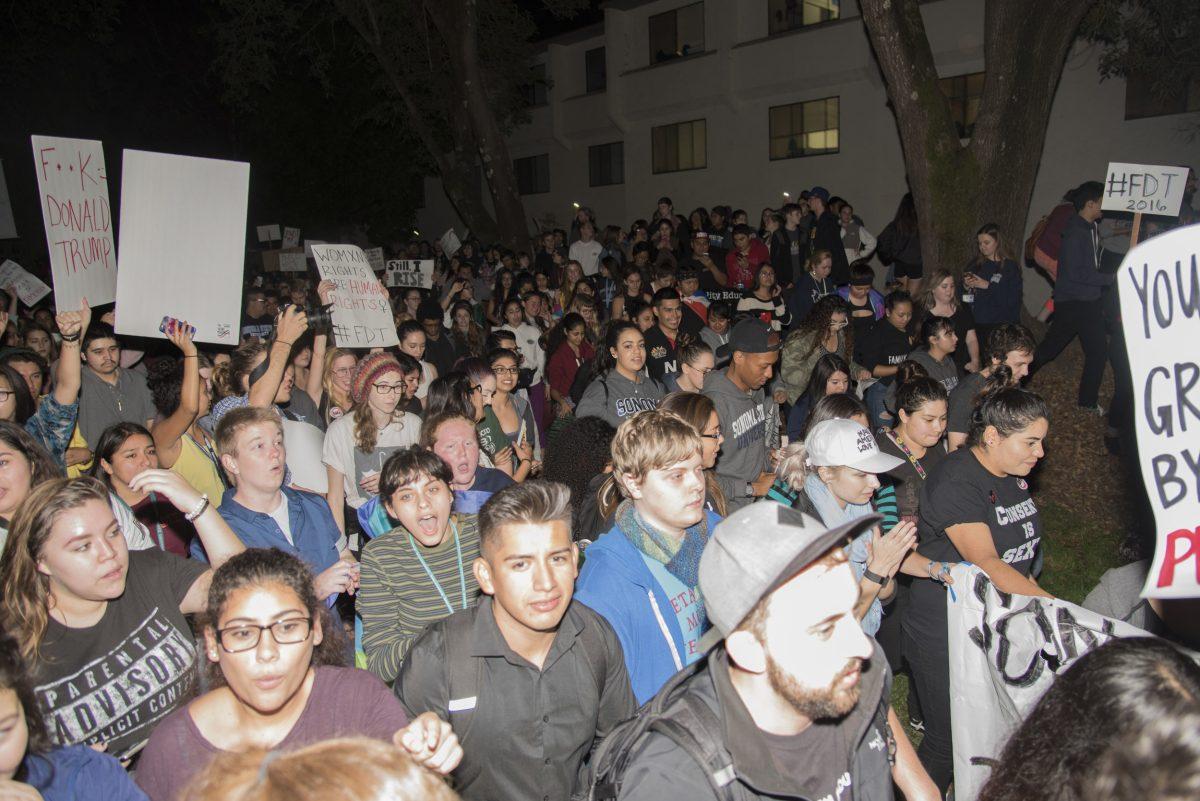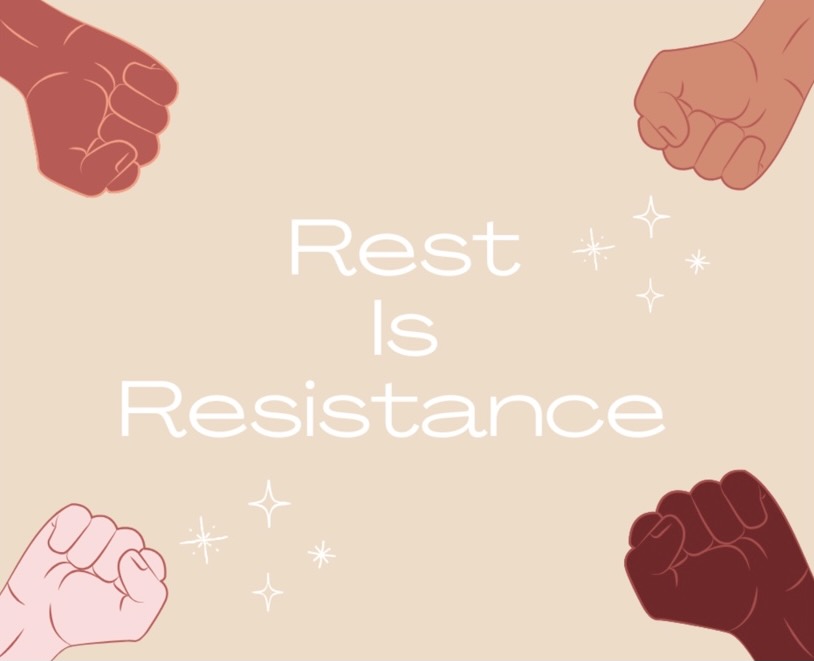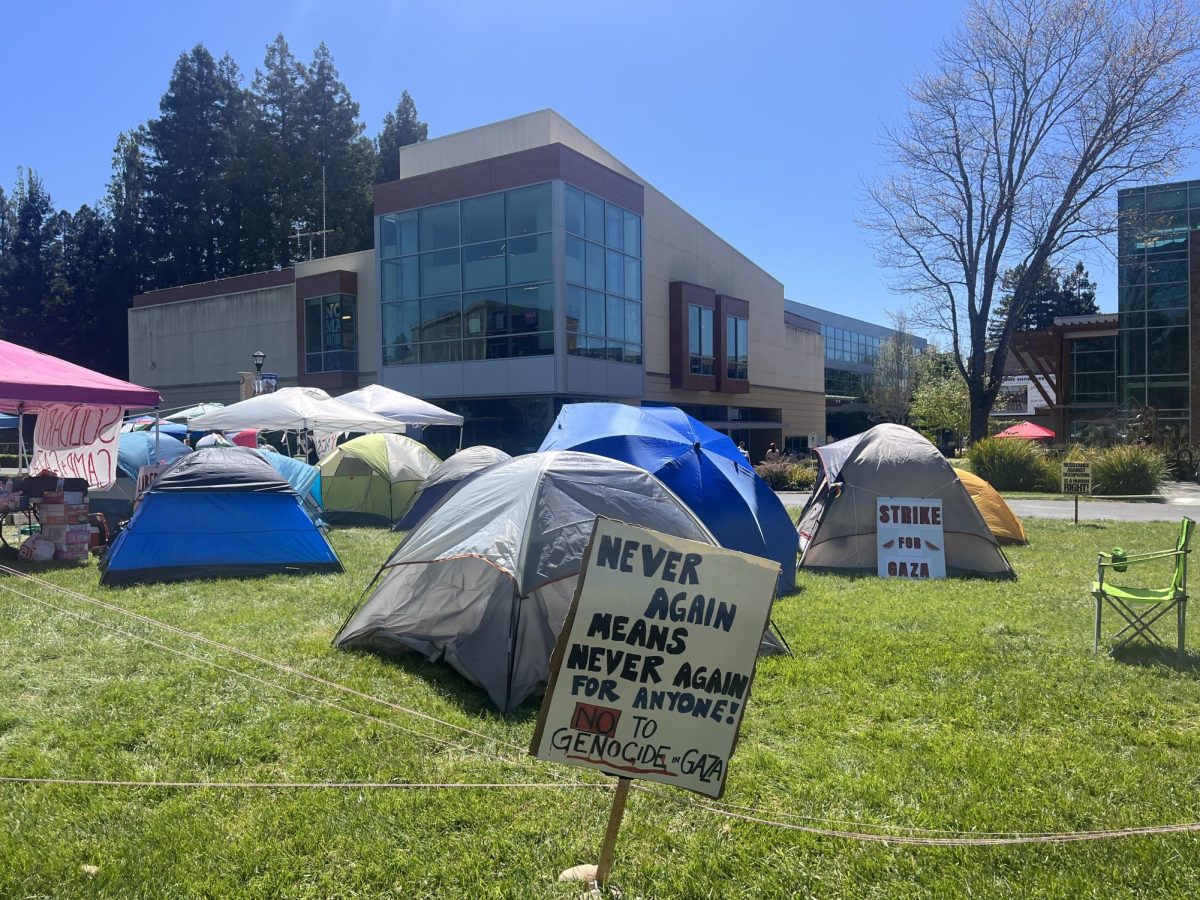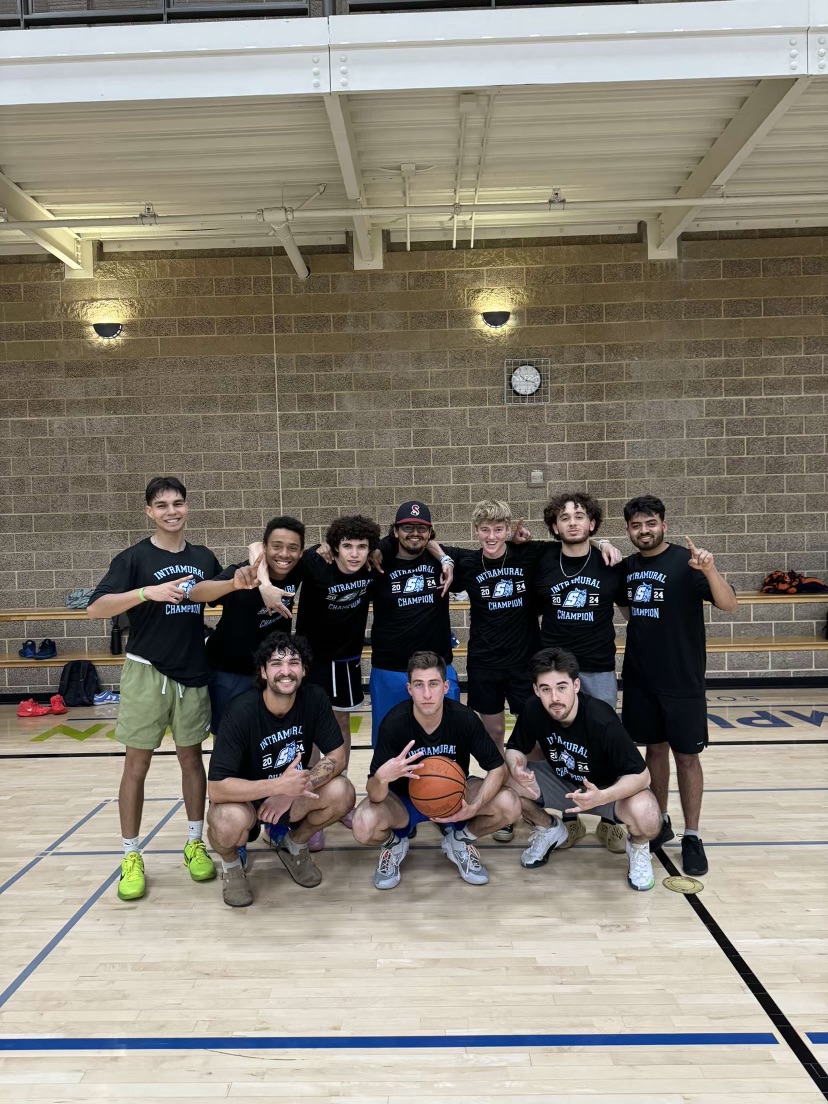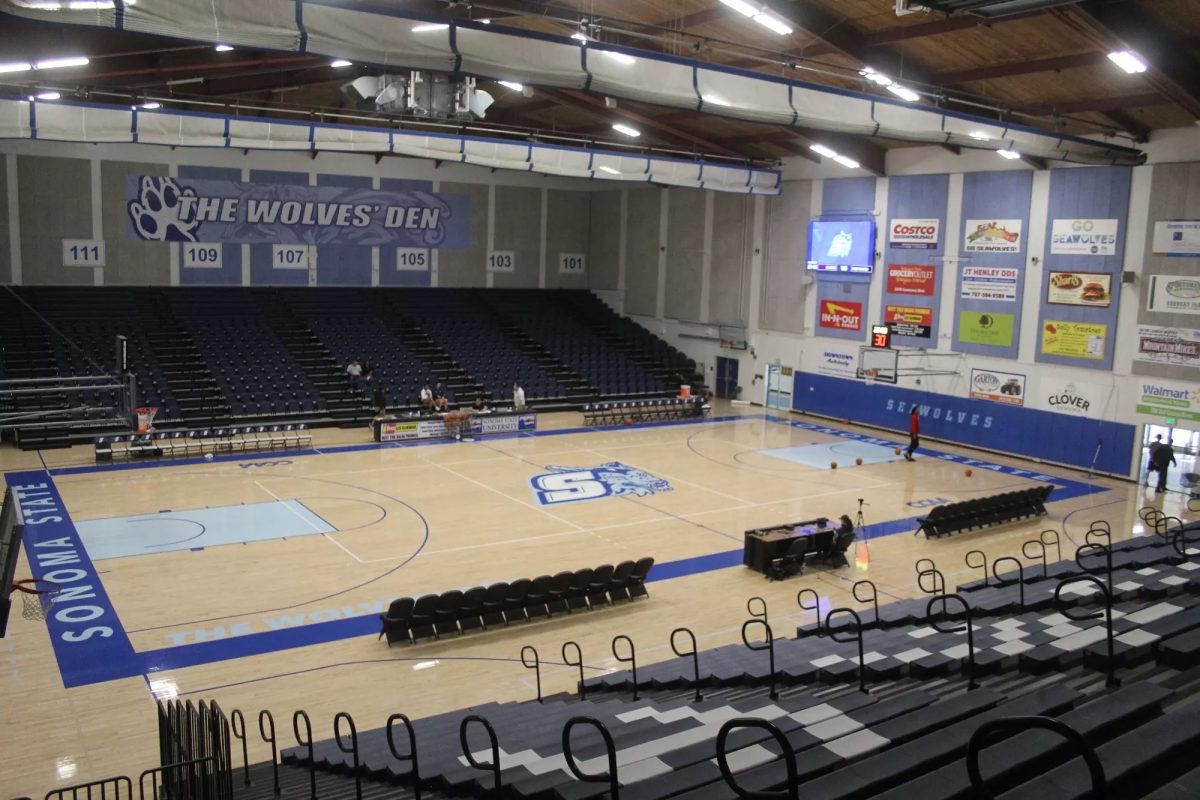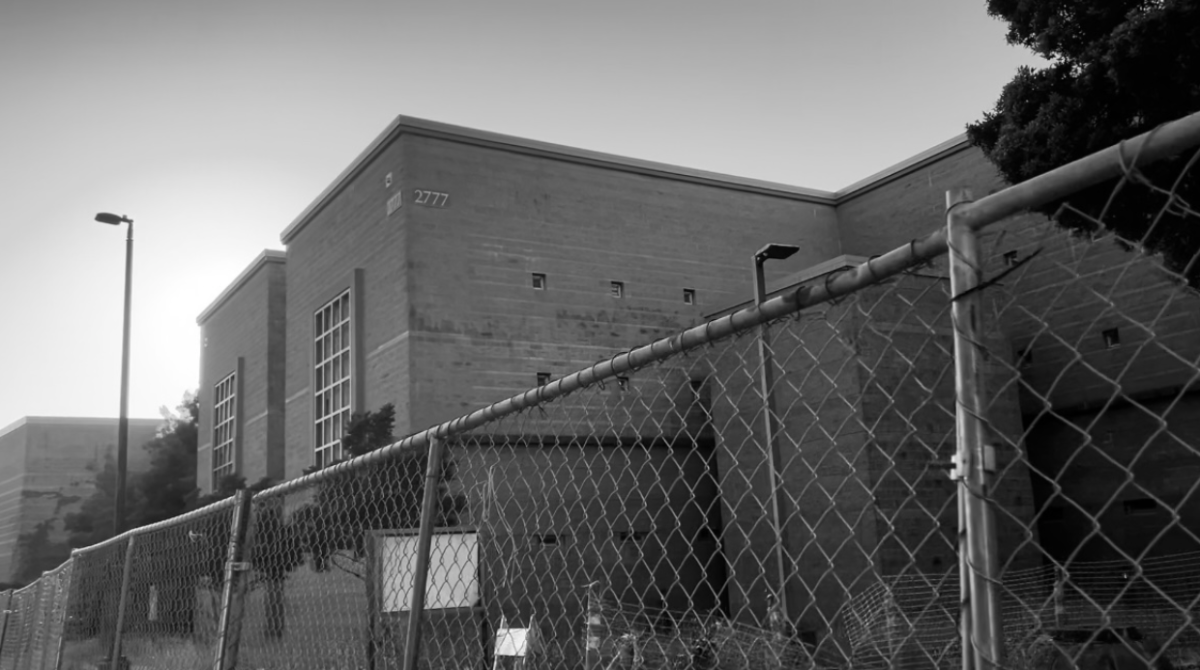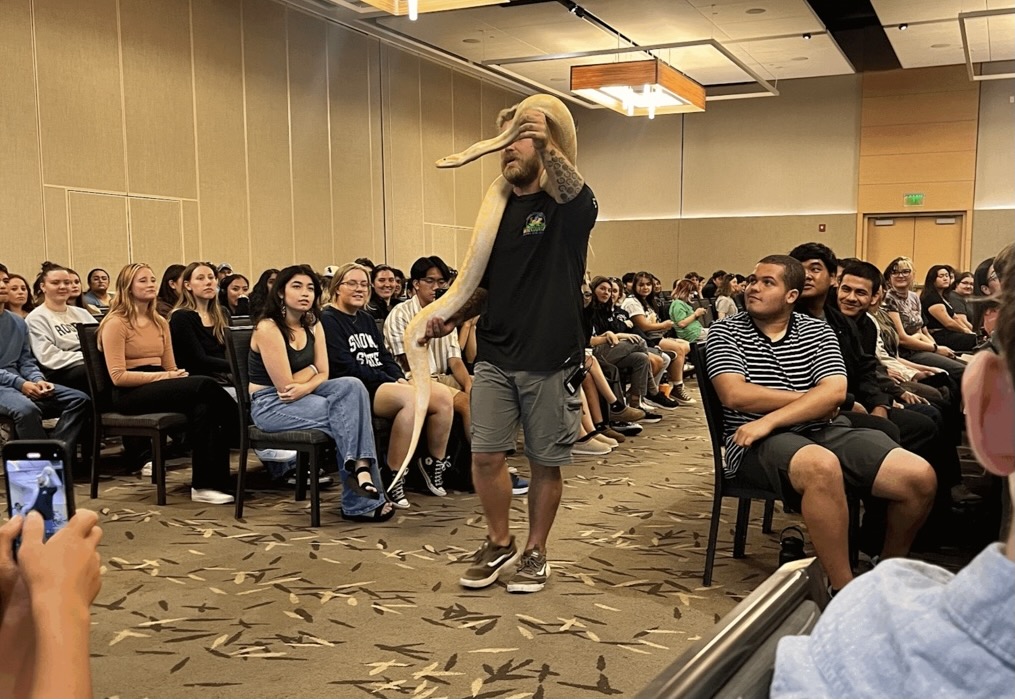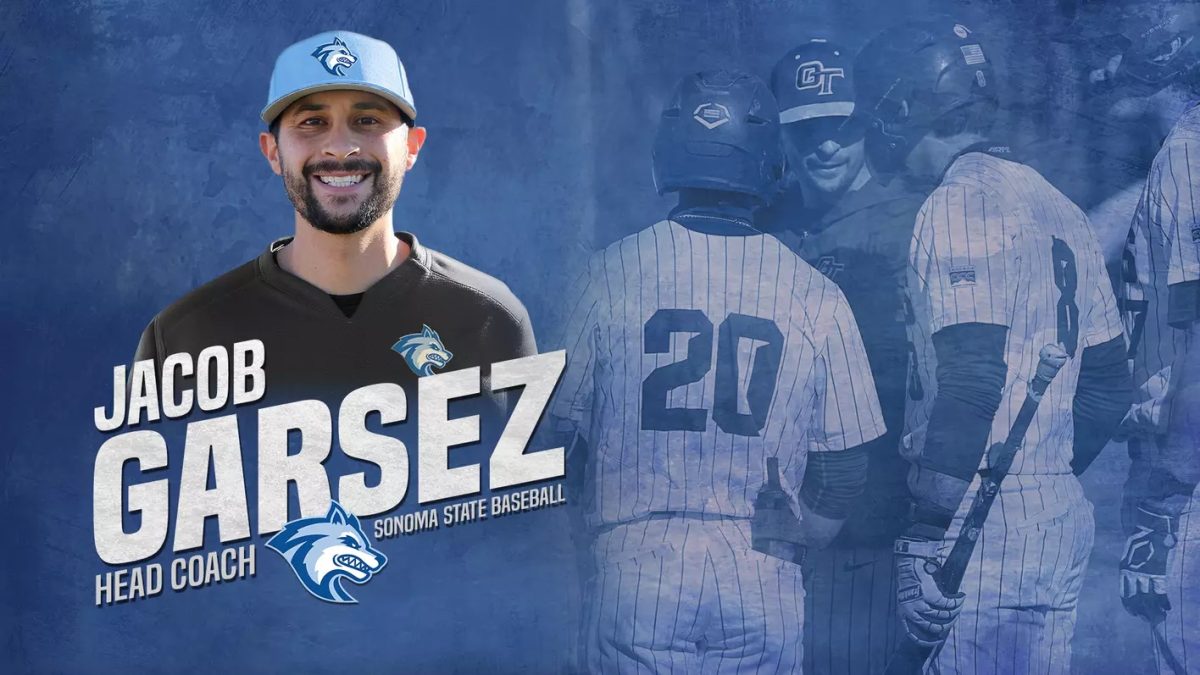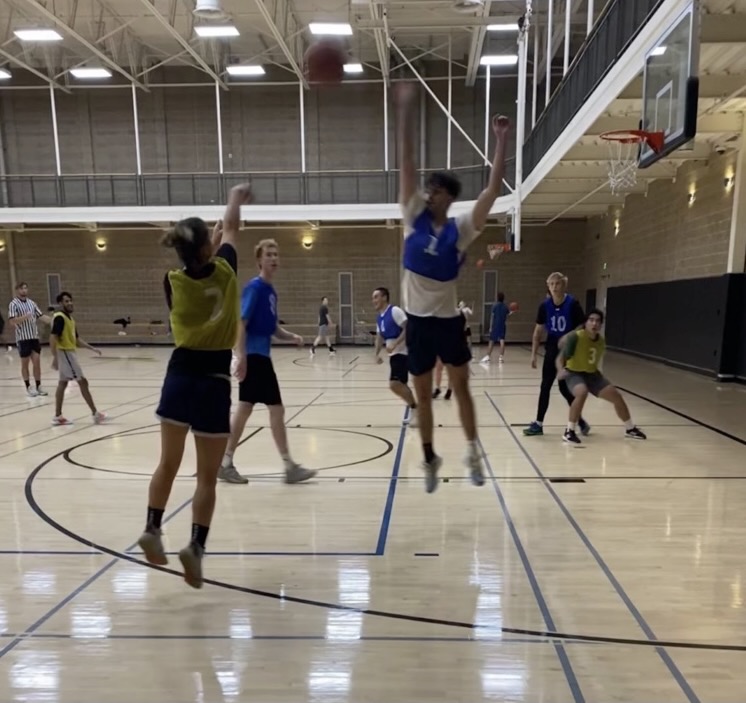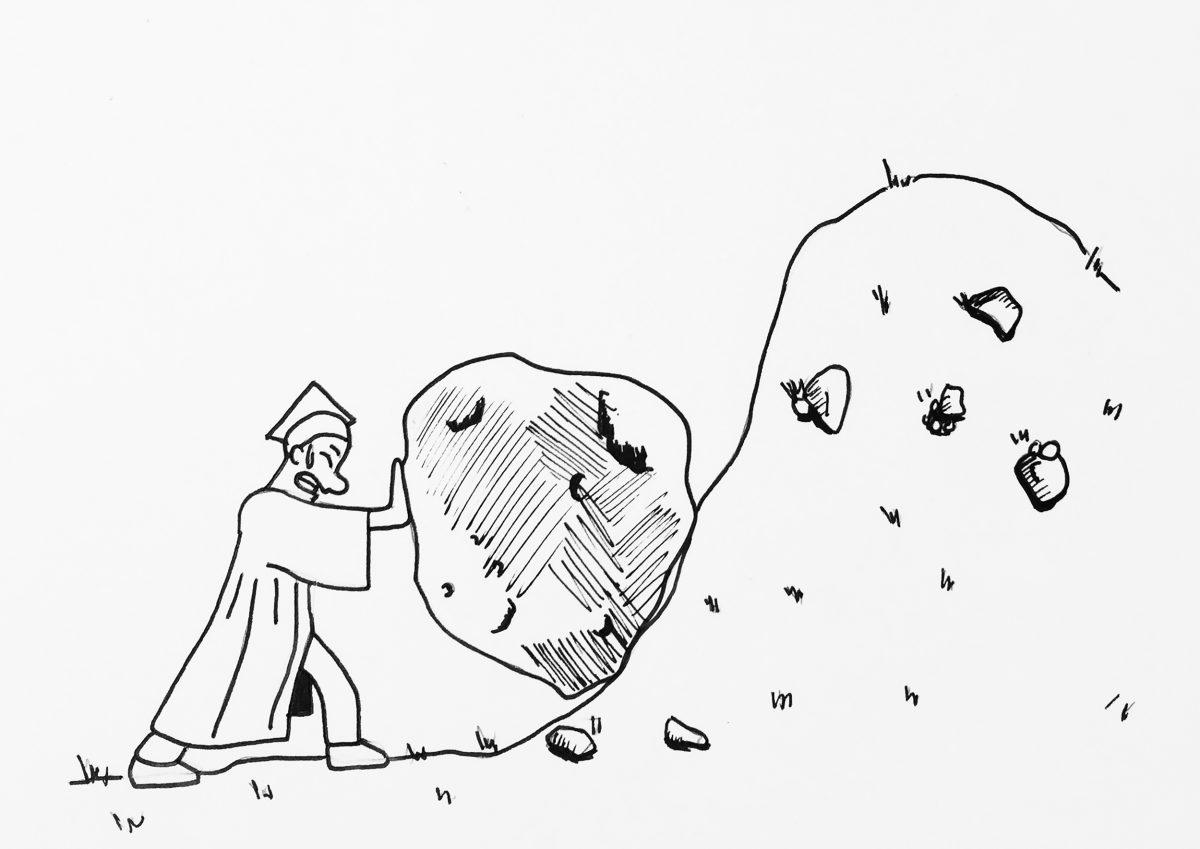Yet another academic year is coming to a close at Sonoma State University. For hundreds of graduating seniors, this means being unceremoniously thrown into today’s competitive job market.
The reality of the situation is that today’s job market isn’t the same one our parents entered; it’s far more competitive and less forgiving.
Critics increasingly suggest a liberal arts education is a luxury American university can no longer afford and propose vocational or trade schools as possible solutions.
However, the loss of a more broad-based and worldly education offered by liberal arts universities is too alarming for some to seriously consider alternate forms of education.
Regardless of what direction colleges and universities head in the future, there are many ways graduating students today can better their chances of success in the face of steep competition.
Several factors have shaped the present state of the job market, stacking the cards against new college graduates in search of a first time job. The exploding numbers of young people seeking a higher education is largely to blame.
Schools throughout the country struggle to accommodate the influx of new students seen over the last few decades. As a result, schools have a whole bevy of new expenses associated with new staff, infrastructure and programs needed to serve a growing student body.
Funding for higher education has been significantly reduced in many states, leaving schools no choice but to increase tuition costs. In California, the portion of the state’s budget allocated towards funding education has been declining since the 1970s, a similar trend in many states.
The soaring price of higher education in the U.S. has caused the total student debt to skyrocket, surpassing 1.2 trillion dollars.
According to U.S. News, The average student today leaves college with 30,000 dollars of debt; a heavy burden to bear that only raises the stakes for them to attain employment.
The dire condition of American higher education has swayed more analysts to entertain the idea of expanding trade or vocational forms of education rather than a liberal arts education, as a means to remedy this situation.
These styles of education focus more intensely on a specific subject or skillset rather than delving into many different topics all at once.
Such a system already exists in several countries including Germany, where students test after grade 10 to determine whether they can apply to institutions of higher education, or alternatively, attend a trade or vocational school.
This type of system significantly reduces the numbers of university students that severely impact American schools. Additionally, the present government in Germany places a high priority on education, allocating a far greater portion of its budget to schools so that tuition in most cases is essentially free.
What benefits of liberal arts schools would be lost if they were replaced with trade or vocational schools?
Columnist Fareed Zakaria said in his recent book, “In Defense of the Liberal Arts,” that “writing forces you to make choices and brings clarity and order to your ideas.” Writing, organization, as well as critical and abstract thinking skills are all important areas of focus in a liberal arts education. The repercussions of a trade or vocational orientated system of higher education could include the decline of these skill sets.
On the other hand, a move away from liberal arts education could include the added benefit of boosting math and science scores. American students lag woefully behind most other nations in these areas.
Less focus on the humanities may be the necessary price to pay if the American workforce is to remain competitive with the rest of the world in the future.
Networking before graduation is becoming increasingly important for students who want a head start in entering their desired field.
Internships, volunteering and other forms of networking are especially important for graduates who are entering more obscure fields, where potential jobs are less accessible. The technology that makes life easier or more entertaining for people also works against us. Social media, such as linkedin.com, level the playing field for new graduates in search of jobs. Employers can now access a much larger pool of qualified potential future employees.
This increasing Internet networking also comes with negative repercussions on how we are assessed or perceived by our employers.
Never before have one’s talents and experiences become so quantifiable, so black and white, as they have with online applications and resumes.
These tools benefit employers by allowing an easy cross comparison between potential employees at the expense of stripping applicants of any chance to express other personal strengths better conveyed in person.
Although the challenge of getting an ideal job after graduation is more challenging in ways previous generations never had to cope with, it is our reality today and we must face it head on.
Ruminating over and analyzing the factors that have contributed to the exceedingly competitive state of the job market today only gets us so far. The harsh reality of our increasingly globalized world is that fierce competition is the new norm.
If American students today are to lead the competition in the future, we must rise to meet today’s challenges.
We must put equal parts vigor into fixing our institutions of learning for the benefit of all.
We must also assume personal responsibility to reach our greatest potential of performance. We have no other choice.


